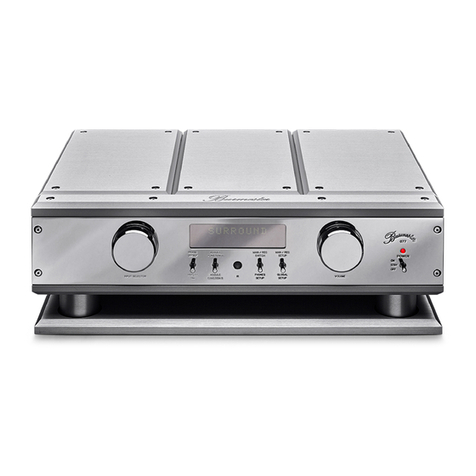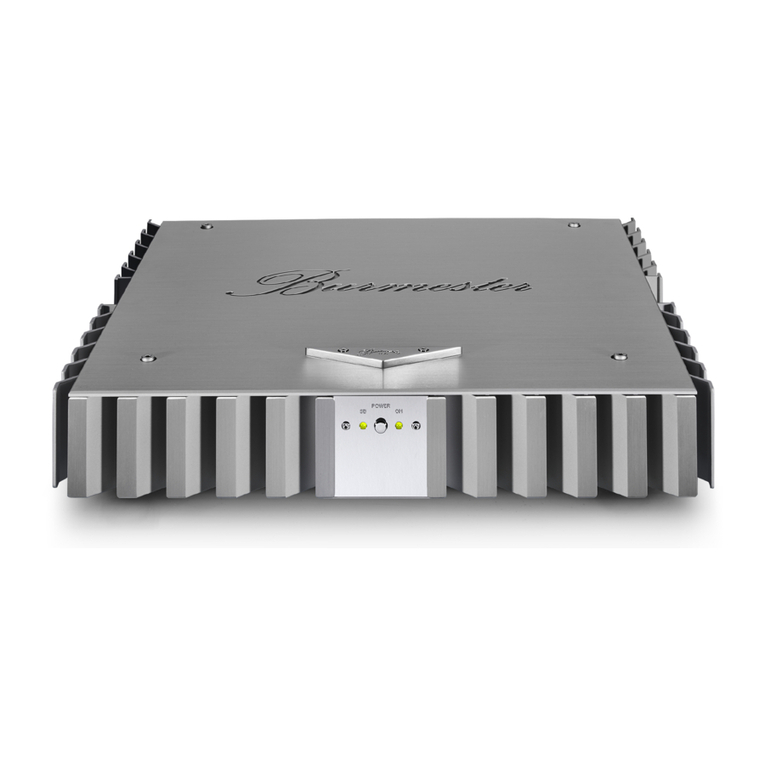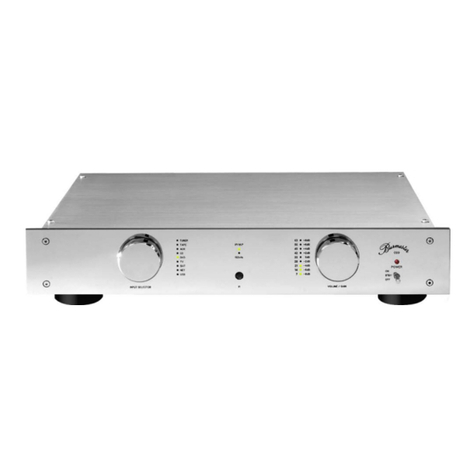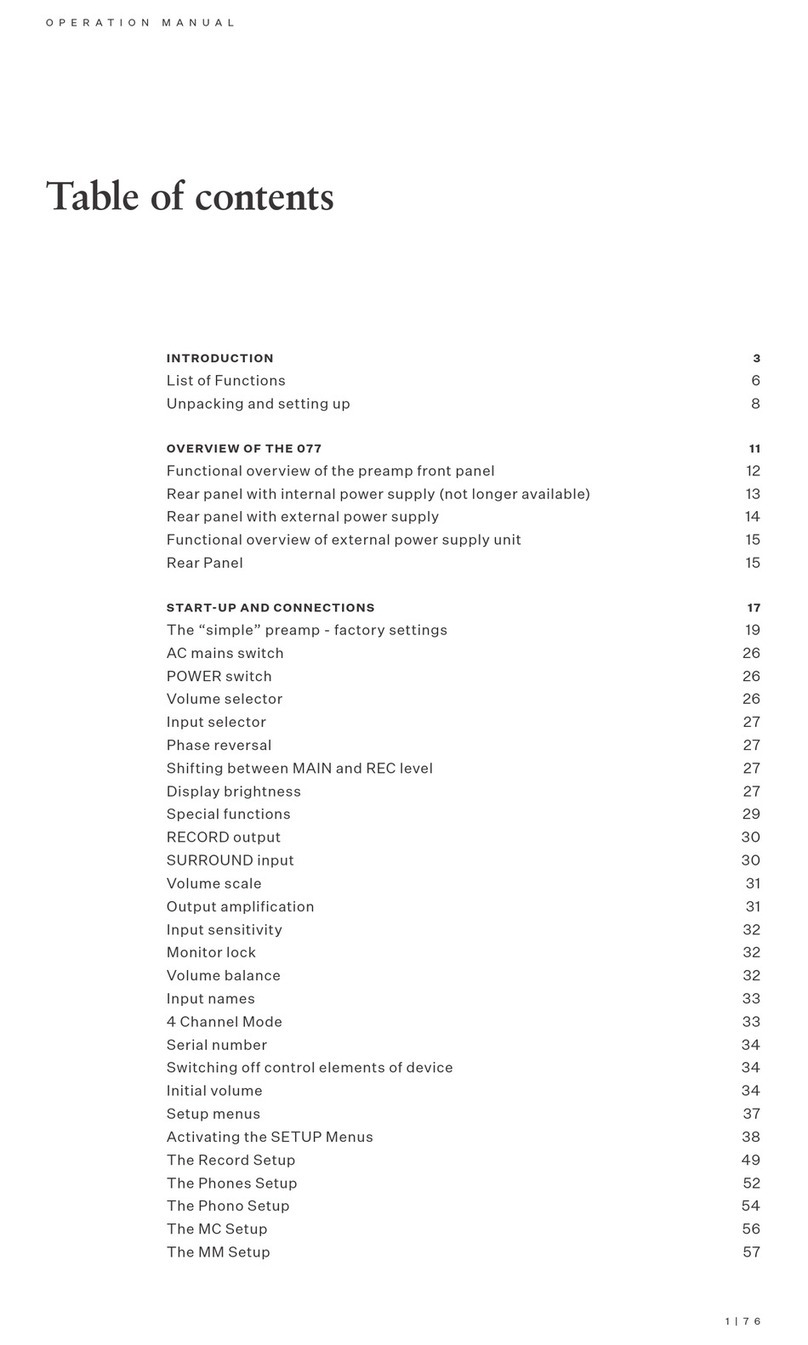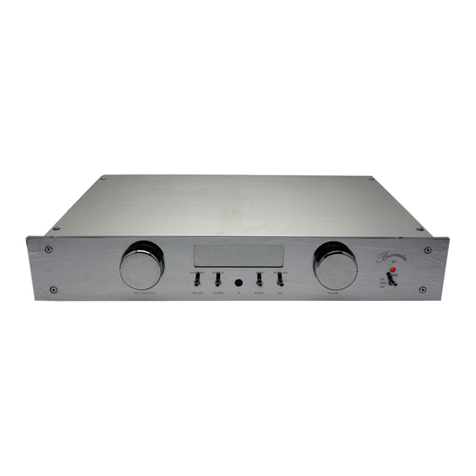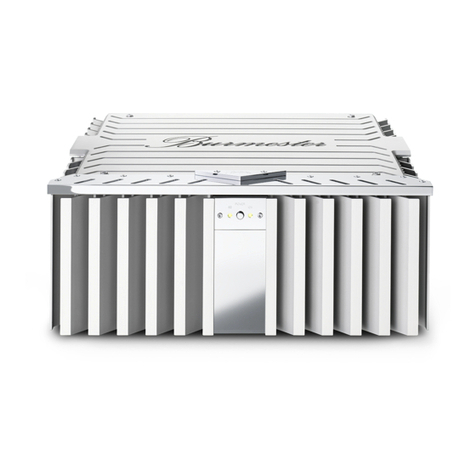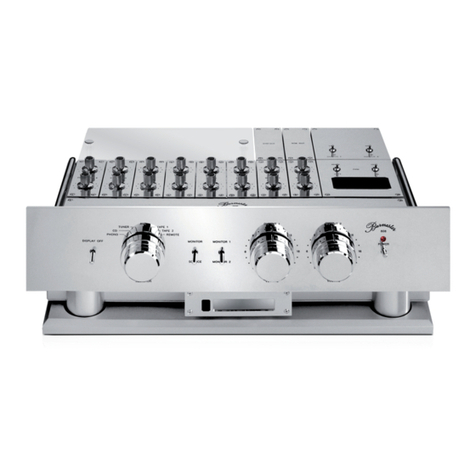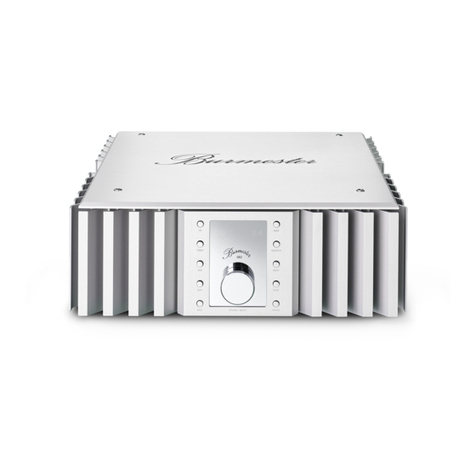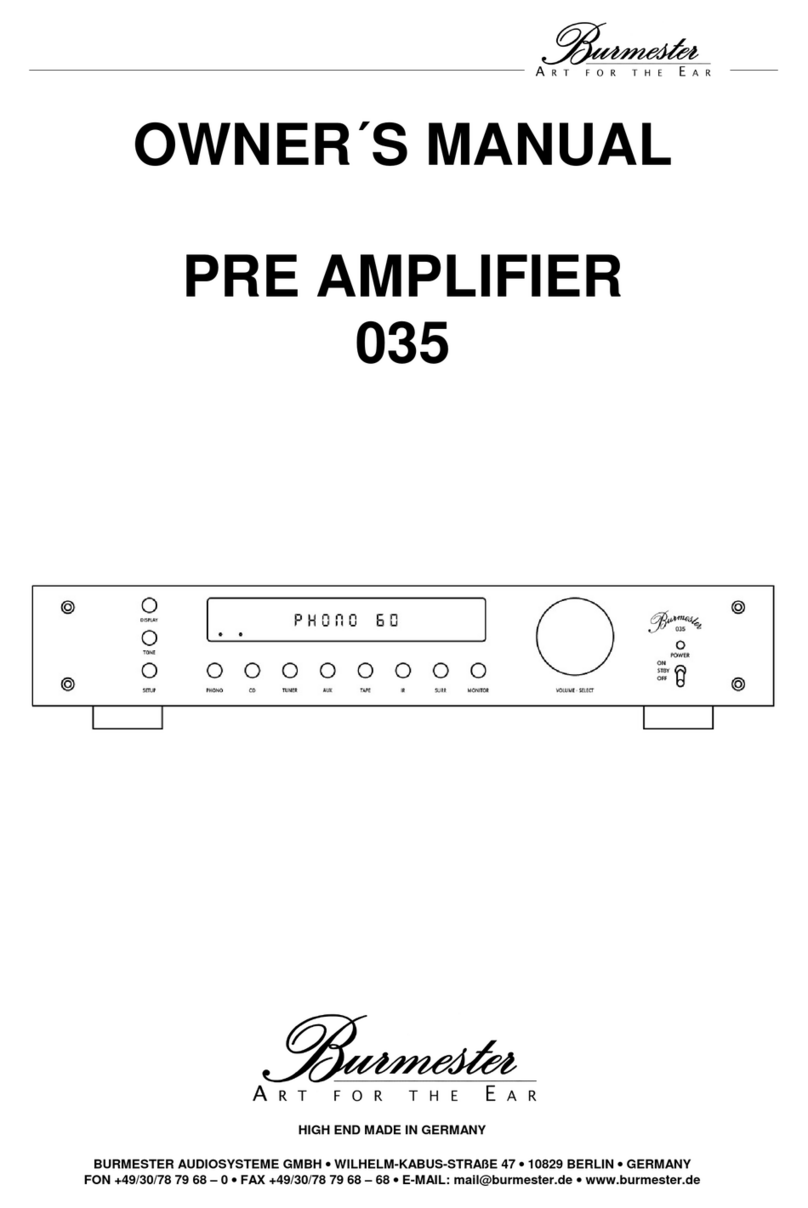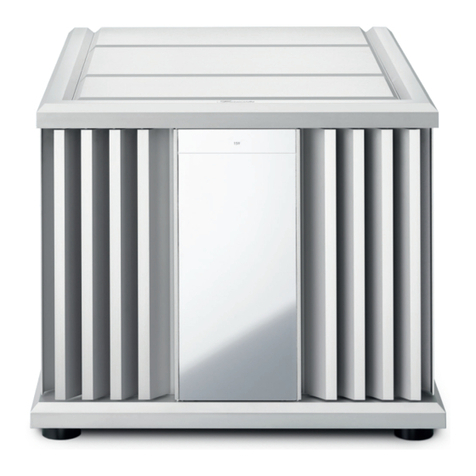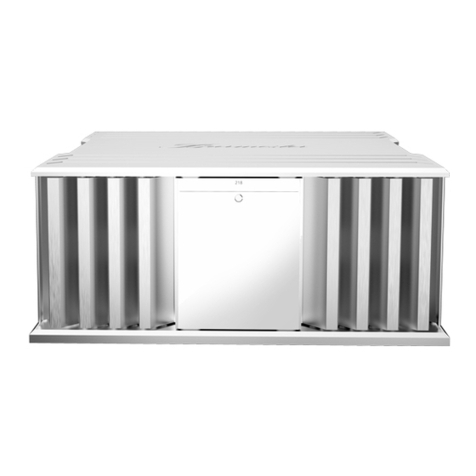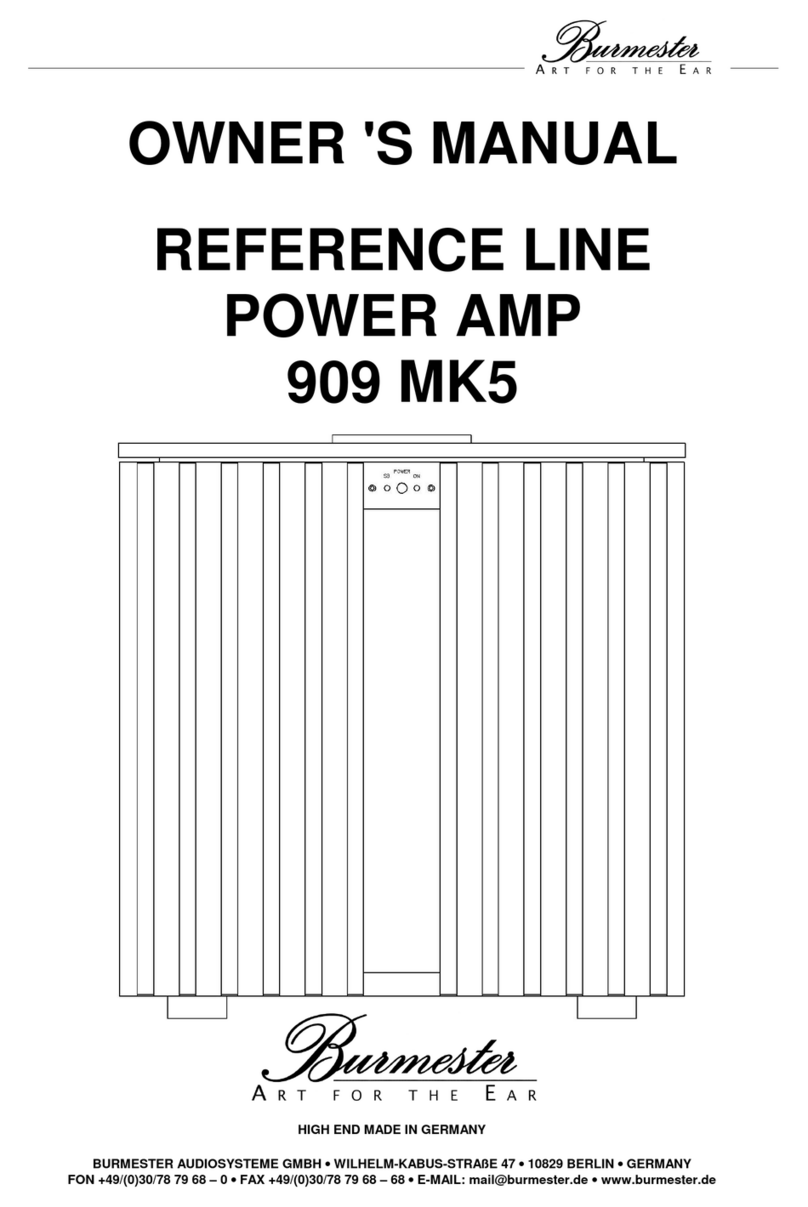
101 Integrated Amplifier 3
T C
A T D ....................................................
A T O I ...................................
Used symbols and characters ........................................................6
Meaning of warning symbols and words ..............................................6
I S I .........................................
Unpacking ........................................................................7
Set-up ............................................................................7
Connecting........................................................................7
Power on..........................................................................8
Operation .........................................................................8
Maintenance and care ..............................................................8
U S U D...................................
Unpacking ........................................................................9
Supplied items ..........................................................................9
Packaging ..............................................................................9
Set-up ............................................................................9
T D G...............................................
Front side ........................................................................10
Back side.........................................................................11
The remote control ................................................................12
C D...............................................
Connecting the inputs .............................................................13
Connecting the outputs ............................................................14
Important information regarding connection ...............................................14
Connecting the speaker outputs ..........................................................15
Connecting the preamplifier output .......................................................16
Connecting headphones ................................................................16
BURLINK interface.................................................................16
Connecting the remote output ......................................................17
Connecting the power cord ........................................................17
O D ................................................
Power on/off......................................................................18
Selecting a signal source ...........................................................19
Adjusting the volume ..............................................................19
Smooth function ..................................................................20
Subsonic filter (optional) ...........................................................20
Pre-out only mode.................................................................21

